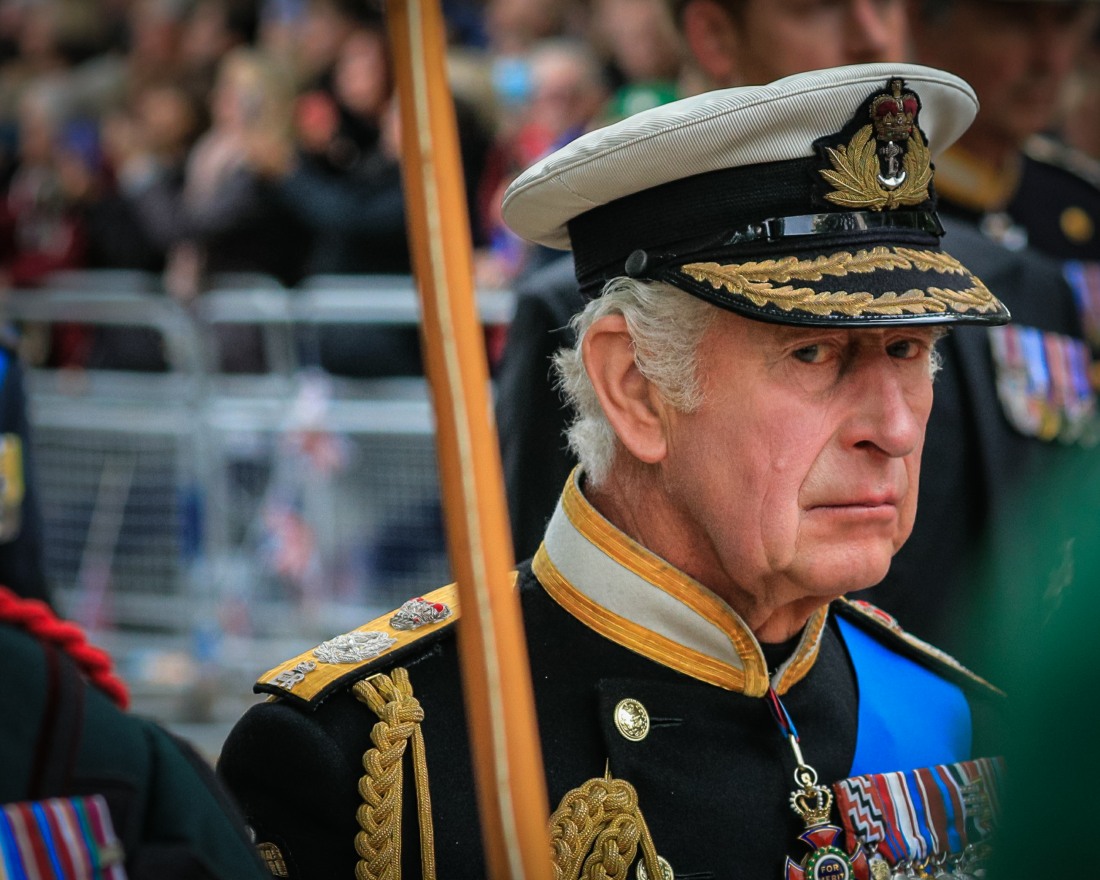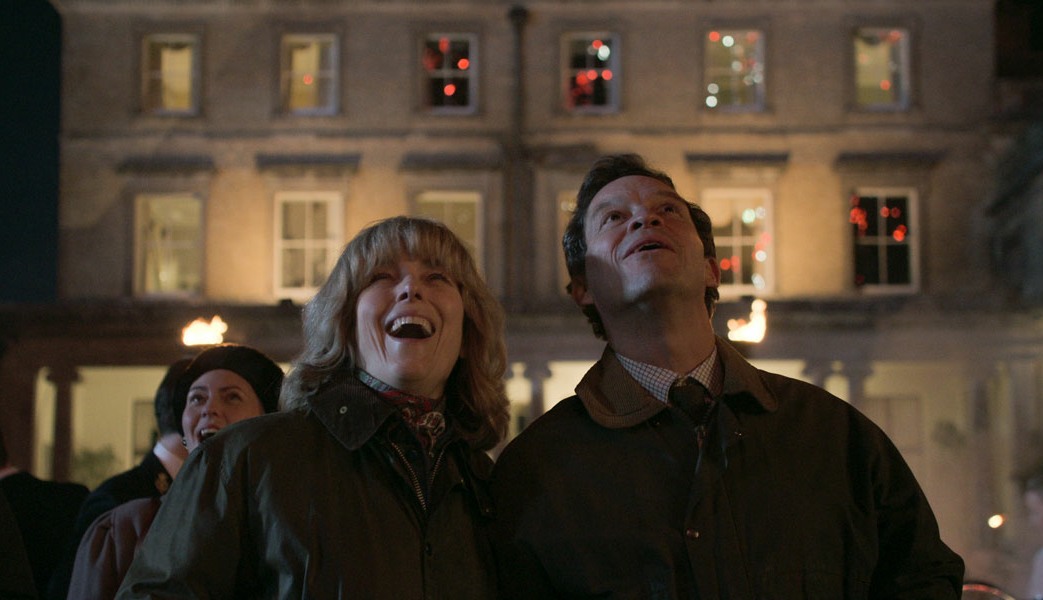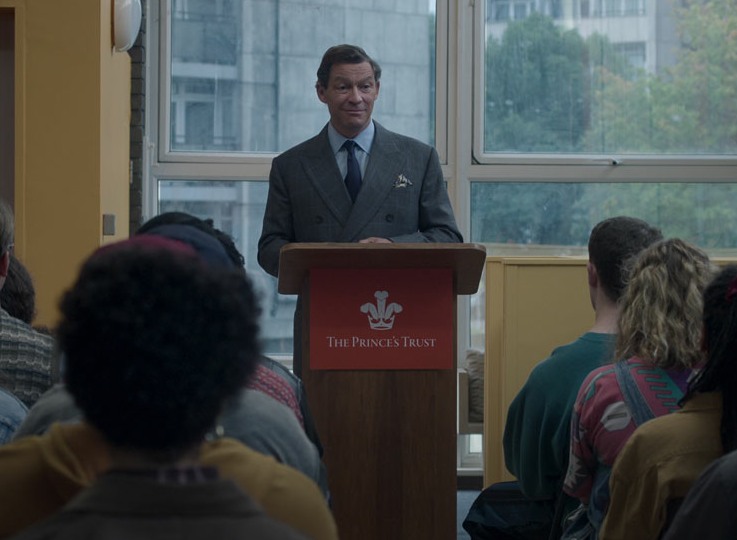
The embargoes have finally been lifted for reviews of The Crown’s Season 5. The screeners were sent out a few weeks ago and the critics, royal reporters and media figures who have seen this season have been itching to get into the nitty-gritty of fact, fiction and everything in between. These are not hot takes, by any means. These are people who have had days and even weeks to absorb this season and figure out whether it’s bad or good for the Windsors. Interesting, Robert Lacey has seen Season 5 and he wrote a piece about it in the Times: “The Crown: Never a truer word was said of the royal family.” Lacey is a historical consultant on The Crown, which he admits freely. But that’s his perspective on the British monarchy as well: a historian’s perspective, couched in the framework of one monarch’s reign, and whether the past is prologue for a new king. Some highlights from Lacey’s piece:
The Crown is a documentary, lol: The row surrounding the imminent fifth season of Morgan’s TV series does not centre on imagination but on absolutely solid fact. The latest complaint is not that The Crown is inaccurate. The problem seems to be that its content is all too true — and I am happy to concur with that….Through all the history that its six seasons cover, from the 1920s to the early 2000s, there has not been a decade in which the events have been better documented — and that is largely thanks to the royal participants themselves.
Charles & Diana put themselves on the record: Charles himself presented the world with his own 620-page account of his life, and especially the 1990s — the focus of season five — with the help of his ghostwriter Jonathan Dimbleby. This was in response to Diana’s own personal blow-by-blow testimonial (just 167 pages), memorably delivered on tape to the journalist Andrew Morton, who is himself a character in several episodes. The 1990s was the decade when the two leading royal protagonists in the drama chose to set out their own accounts of exactly what happened behind palace doors in two eye-popping volumes. However, 30 years later, the author of the larger volume, now King, is apparently demanding that the truth he was then so keen for us to absorb, his own authentic record of events, be consigned to oblivion.
Lacey throws the historical accuracy in King Charles’s face: So, it was fiction, was it, to declare in episode 5.05, “There were three of us in this marriage”? And what about: “I want to feel my way along you, all over you, and up and down you, and in and out . . .”? Who never said that? Let us not even go near Camilla’s “You’re going to come back as a pair of knickers” — prompting Charles’s response: “Or, God forbid, a T****x.”
The Crown is based on widely reported facts from the time: If you subscribe to Netflix and tune in next week, you will see the mechanics of how the royal voices got extracted from the ether — and, sorry, you will hear that word again. “Again” is the operative word, for you have certainly read these graphic and embarrassing sentiments before. They have been published in this and every other British newspaper on countless occasions. Like it or not, they are central to the history and identity of our present King and Queen. The imagery is lodged in the collective consciousness.
What’s changed? The rogue ingredient that has inspired the current furore is the sad demise of Queen Elizabeth this September and the accession of her son. The once controversial and disputatious prince has been transformed to grandfatherly monarch, elevated to a different sphere with all the reverence that doth hedge a king. While Mr Golden Globe Morgan CBE finds himself heading for Traitors’ Gate.
Wow, Lacey’s coming for Judi Dench’s wig: Enter the bended-knee brigade, led by Dame Judi Dench. How the British love to bow and scrape. “Crude sensationalism” is the term one might apply to Dench’s screen depictions of Queen Victoria, first in Mrs Brown, based on the scurrilous rumours that the widowed queen enjoyed an improper relationship with her Scottish ghillie, John Brown, and then in Victoria & Abdul, an exaggerated account of the queen’s relationship with another servant, her Indian attendant, the “Munshi”.
[From The Times]
Lacey ends his defense by pointing out that Season 6 will likely start on a low note (Diana’s death in Paris) but the series will end, overall, on a positive note, with William and Kate’s love story, the Queen’s 2002 Jubilee and Charles and Camilla’s 2005 wedding. Again, Lacey is making this argument from a historian’s perspective. He’s saying: yes, the ‘90s were tough for you, Charles, but just own your sh-t and everything will be fine. Does Lacey really believe that everything will be fine? Probably not, but Lacey is placating Charles and trying to give Charles some solid advice. Too bad Charles won’t take it. Lacey’s also emphasizing, for everyone, that all of this sh-t is based on the historical record and reporting on the time. The Crown is a documentary, you heard it here first.
Also: “Enter the bended-knee brigade, led by Dame Judi Dench. How the British love to bow and scrape.” Ouch and ouch. “Kiss-ass wankers,” Lacey muttered under his breath.


Photos courtesy of Avalon Red, Netflix/The Crown.
Source: Read Full Article